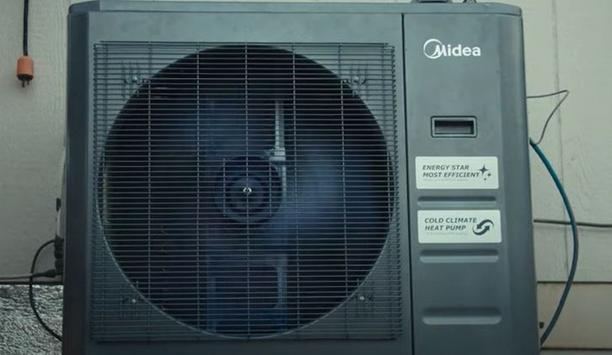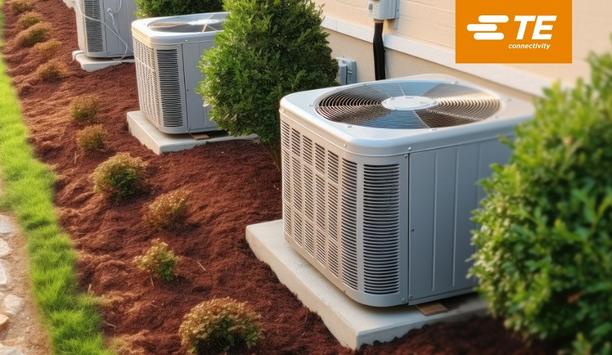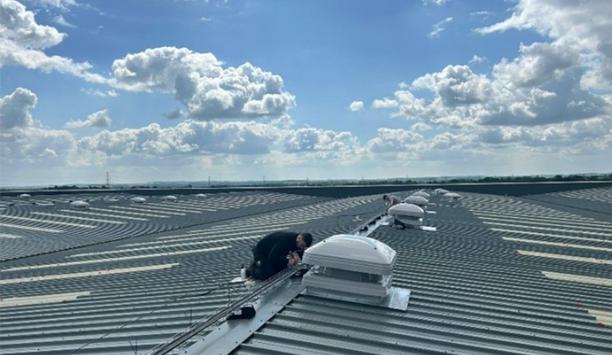The demands of HVAC professionals are unique, often requiring them to work in extreme conditions that necessitate gear that can keep up. Every day, these workers face fluctuating temperatures and a variety of hazardous environments. As such, the development of their uniforms has become a critical focus in the industry, with the goal of transforming them from basic work wear into high-performance apparel that meets the unique challenges of the HVAC work environment.
Modern HVAC technicians’ uniforms now integrate materials that resist wear and tear while providing flexibility and comfort. They also incorporate safety features to protect against common on-site risks, such as electrical hazards and extreme heat. Integrating these technologies elevates comfort and enhances the protection of HVAC professionals, ensuring they can perform at their best. This article focuses on the latest innovations in HVAC uniforms, focusing on the materials and technologies that are enhancing both comfort and safety for professionals in the field.
The Role of Safety and Comfort in HVAC Work
Comfort and safety are vital for HVAC professionals, who regularly handle extreme conditions and complex tasks. On the one hand, comfort is crucial because HVAC work often involves long hours in tight, uncomfortable spaces or in harsh outdoor climates. The job also requires frequent bending, lifting, and climbing.
High-visibility options ensure workers are easily seen in low-light states, reducing the risk of mishaps
Uniforms that offer adaptive comfort, such as those made from breathable fabrics that regulate temperature, can prevent overheating in the summer and provide insulation in the winter. Furthermore, durable and flexible uniforms prevent common injuries related to overexertion and repetitive motion, thereby safeguarding workers’ long-term health. This adaptability allows technicians to focus more on their work and less on the discomfort caused by their environment.
Safety is equally crucial because the environments in which HVAC technicians operate are laden with potential hazards, from electrical risks to exposure to harmful chemicals, refrigerants, and gasses. Safety-focused uniforms that include features like fire-resistant materials and reinforced padding can protect against burns, cuts, and other injuries. High-visibility options ensure workers are easily seen in low-light conditions, reducing the risk of accidents.
Key Materials Enhancing the Performance of HVAC Uniform
Here, we explore some of the key materials that are transforming HVAC workwear:
- Moisture-wicking fabrics: Moisture-wicking materials are integrated into HVAC uniforms to keep technicians dry and comfortable. These fabrics draw sweat away from the body to the exterior of the clothing, where it can evaporate quickly, maintaining body temperature and reducing discomfort.
- Ripstop nylon: Ripstop nylon in HVAC uniforms prevents tears and abrasions from sharp objects and rough surfaces. This material ensures the uniform's longevity and the wearer's safety.
- Thermo-regulated textiles: These textiles help maintain a stable body temperature by incorporating materials that adapt to temperature changes. They cool the body in hot environments and insulate it in cold conditions, providing year-round comfort.
- Antimicrobial treatments: Antimicrobial treatments are applied to HVAC uniforms to prevent the growth of bacteria and odors. This feature is particularly important as it helps maintain hygiene and freshness, even during long working hours.
- Flame-resistant materials: These materials are handy when electrical hazards are present. Flame-resistant materials protect against sudden flashes of heat or direct flames,
- Reflective materials: These are incorporated into uniform designs for increased visibility in low-light conditions. They are essential for ensuring the safety of technicians working in dimly lit or night-time settings.
- Spandex blends: Spandex is often blended with other fabrics for enhanced mobility. This addition allows for a greater range of motion, which is crucial for technicians who must navigate tight spaces or perform complex maneuvers.
Innovative Technologies
Innovative Technologies in HVAC Uniforms for Enhanced Safety and Comfort
The following technologies are ensuring HVAC workers perform their tasks with increased efficiency and reduced risk:
Smart Fabrics
Smart fabrics have sensors to monitor environmental conditions and adjust the uniform's properties accordingly. This can include changes in the fabric's permeability to increase breathability or the activation of thermal elements during sudden temperature drops.
Reinforced Padding
Strategically placed padding protects wearers from injuries related to impacts or falls. This padding is often lightweight and designed not to restrict movement, allowing for safe and comfortable mobility even in tight spaces.
UV Protection
For technicians who work outdoors, UV-protective fabrics shield them from harmful ultraviolet rays, preventing sunburn and long-term skin damage. This technology is crucial for maintaining skin health during prolonged outdoor exposure.
Anti-Static Features
Static electricity can pose a significant risk in environments dealing with flammable substances and electrical components. Anti-static technologies in HVAC uniforms prevent static electricity buildup, reducing the risk of sparks and enhancing safety in potentially explosive atmospheres.
Stretch Technology
Stretch technology is often used in HVAC fabric production to ensure that uniforms do not restrict movement. This allows for greater flexibility and mobility, which is essential for HVAC technicians who must maneuver in tight spaces or adopt various postures during work.
Potential Future Trends in HVAC Uniforms
Here are some anticipated trends that could redefine the standard for HVAC workwear:
- Smart textiles: Textiles embedded with sensors and wearable technology will become more prevalent, providing real-time data on environmental conditions and the wearer's health status. This can include monitoring temperature, heart rate, and other vital signs to prevent heat exhaustion or other health-related issues.
- IoT connectivity: Future uniforms might include IoT connectivity to monitor vital signs or the environmental conditions surrounding the technician. This technology can send alerts if unsafe conditions are detected or if a health parameter goes beyond safe limits.
- Eco-friendly materials: As sustainability becomes a priority, we can expect a shift toward eco-friendly materials in HVAC uniforms.
- Enhanced durability: New materials and manufacturing techniques will likely improve the durability of HVAC uniforms, making them resistant to tears, abrasions, and extreme conditions.
HVAC Innovation
A Move Towards HVAC Innovation that Balances Comfort and Safety
Comfort and safety in HVAC uniforms are crucial, given the challenging environments in which technicians operate. Fortunately, current innovations in materials and technologies specifically address these critical aspects, enhancing the daily work lives of HVAC professionals. While significant strides have been made, there remains ample opportunity for further advancements.
Areas such as IoT connectivity, smart textiles, and eco-friendly materials hold the potential to revolutionize HVAC workwear even further, promising a future where uniforms proactively support the health and efficiency of technicians. This forward-thinking approach ensures that as the HVAC industry advances, the workwear of its professionals will keep pace.

















